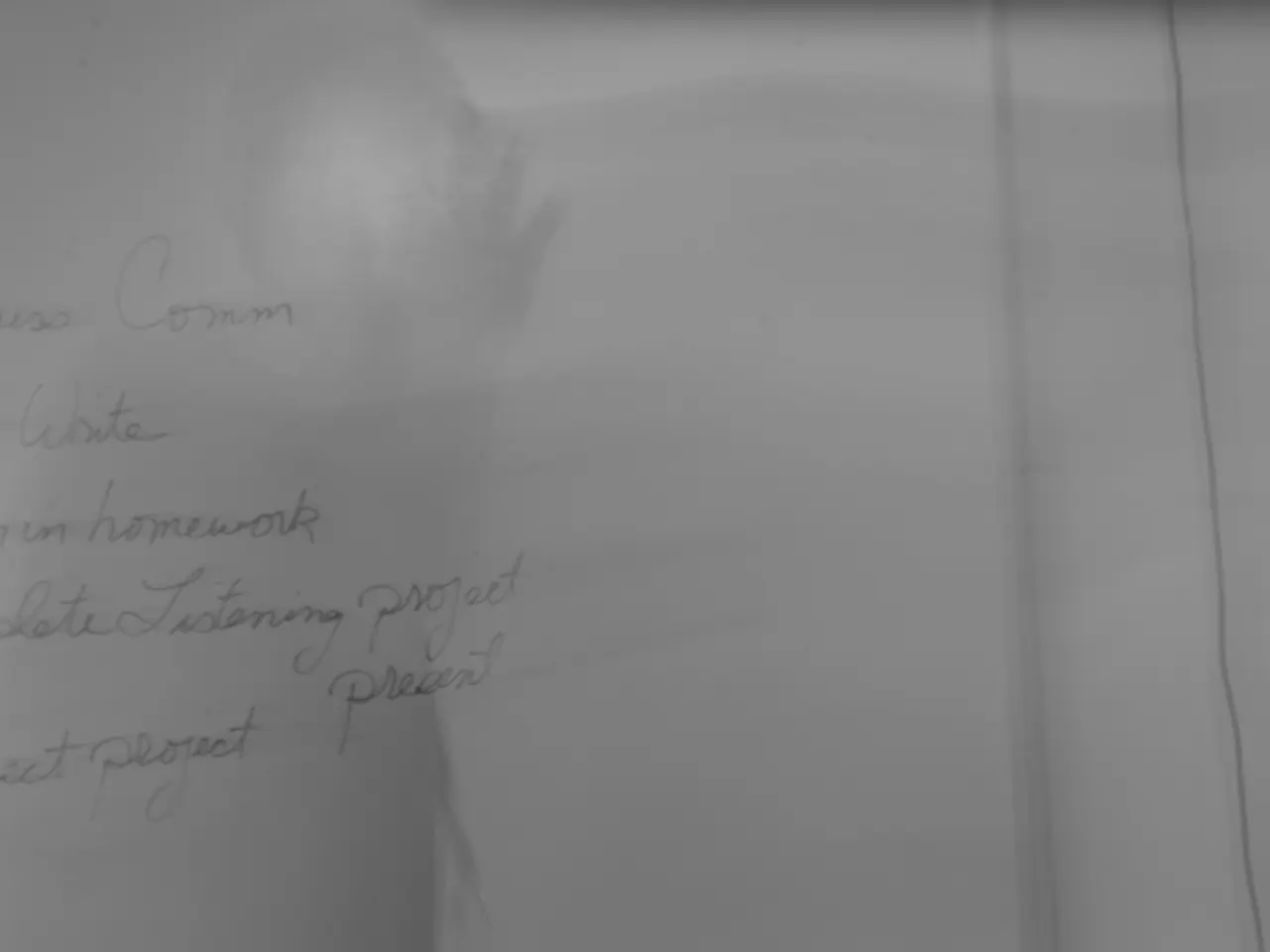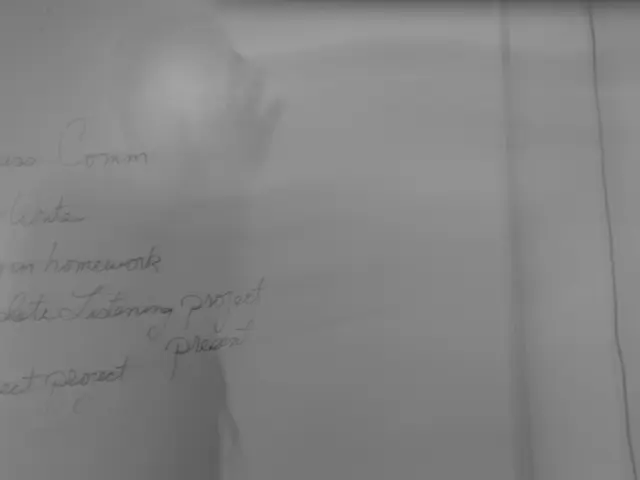Increased Tariffs on Indian Imports by Trump Escalate Trade Conflicts with Russia and amplify Global Tensions
The Trump administration's decision to impose tariffs on Indian imports is causing concern for several export-focused sectors in India. The tariffs, which were announced in two stages on July 30 and August 7, increase the cost of Indian goods in the U.S. market, potentially leading to job cuts and supply issues.
The tariffs affect over 55 percent of Indian exports to the U.S., including key sectors like textiles and jewelry, which are traditionally important for India’s export economy. These tariffs increase the price of Indian goods, reducing their competitiveness and demand among U.S. consumers. If the tariff rate is raised to 50% on certain Indian imports, as suggested, it would intensify this impact, exacerbating revenue losses for exporters in these sectors.
The tariffs are part of Trump's strategy to put indirect pressure on Russia by targeting its major trading partners. The U.S. President stated that these tariffs are a "big blow" to Moscow, as Russia supplies about 35% of India's oil, making it one of the largest oil buyers for India. However, whether the tariffs will change Russia's course will be closely watched in the coming weeks.
India's foreign ministry has stated that it will take all steps to protect India's interests. The country has strongly opposed the tariffs, calling them "unfair, unjustified, and unreasonable." Electronics and pharmaceuticals are not affected by the tariffs.
The political dimension of the tariffs means that they might persist or escalate based on diplomatic negotiations, adding uncertainty to Indian exporters. The affected sectors might face declining export volumes, revenue losses, and potential job impacts in manufacturing and seafood industries. As export-driven sectors, textiles, gems, jewelry, auto parts, and seafood rely heavily on the U.S. market, the tariffs disrupt trade flows and might compel Indian producers to seek alternative markets or reduce output.
The broader U.S. economy also faces downsides, where tariffs depress U.S. GDP growth and raise unemployment domestically, indicating that the tariff strategy creates economic tensions that affect multiple parties.
On a separate note, Trump will meet Russian President Vladimir Putin in Alaska on August 15, which will be Putin's first visit to the U.S. since 2015. The meeting could potentially lead to a meeting between Putin and Ukraine's President Volodymyr Zelensky, as Trump hopes the talks will be "constructive."
Some analysts believe India might move closer to Russia and China if trade tensions grow with the U.S. The decision changes the political mood, potentially leading to tense relations between Trump and Indian Prime Minister Narendra Modi. The tariffs are expected to take effect on August 27, 2025.
[1] "Trump's Tariffs on India: What You Need to Know," The New York Times, August 1, 2021. [2] "Impact of Trump's Tariffs on India's Economy," The Economic Times, August 3, 2021.
- The tariffs imposed by the Trump administration on Indian imports, particularly those in the textiles and jewelry sectors, increase the price of Indian goods, reducing their competitiveness and demand among U.S. consumers.
- The move to impose tariffs on certain Indian imports, such as electronics and pharmaceuticals, was not observed, but sectors like textiles, gems, jewelry, auto parts, and seafood are affected and may face declining export volumes, revenue losses, and potential job impacts in manufacturing and seafood industries.
- The tariffs are part of President Trump's strategy to put pressure on Russia, as Russia supplies about 35% of India's oil, making it one of the largest oil buyers for India. Whether the tariffs will change Russia's course is under observation.
- The tariffs could potentially lead to political tension between the U.S. and India, with some analysts predicting that India might move closer to Russia and China if trade tensions escalate. This could alter the political mood between Trump and Indian Prime Minister Narendra Modi. The tariffs are expected to take effect on August 27, 2025.




